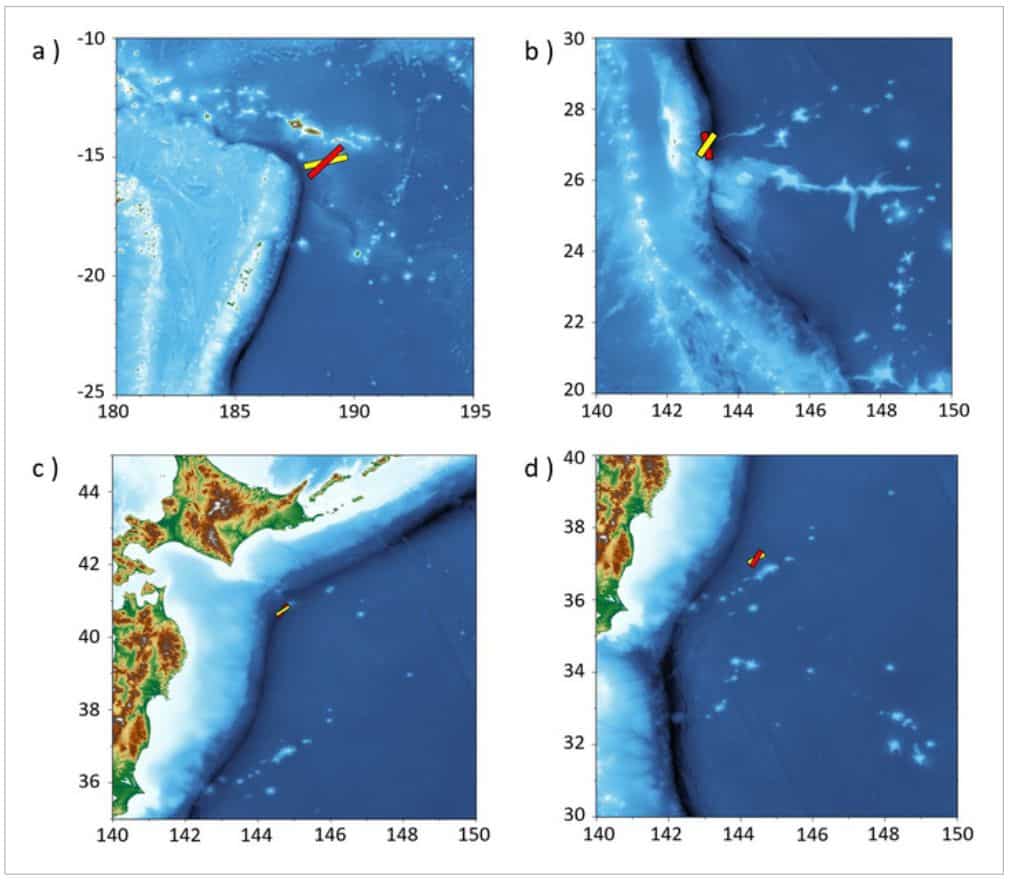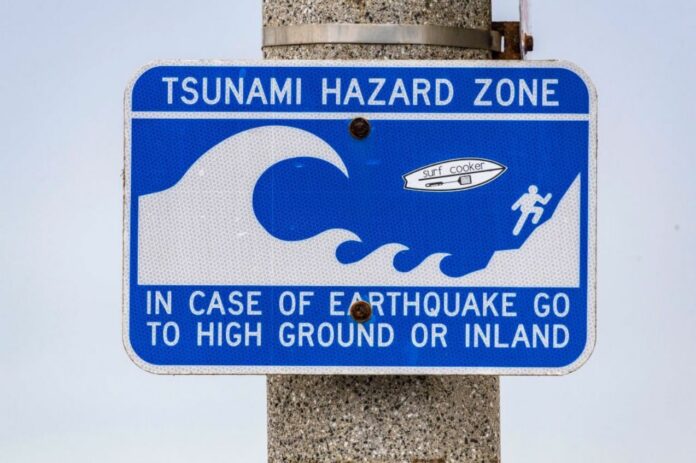From Sound Waves to Tsunami Prediction: Scientists Use AI to Assess Earthquake Risk
By leveraging the power of acoustic radiation and AI algorithms, scientists have developed a new tsunami early warning system that can almost instantaneously classify the slip type and magnitude of an earthquake, allowing for earlier and more reliable disaster preparation.
A team of researchers from the University of California, Los Angeles, and Cardiff University in the U.K. has developed a new tsunami early warning system that uses artificial intelligence and advanced acoustic technology to classify underwater earthquakes in real-time.
With the ability to almost instantaneously detect and determine potential tsunami risk, this new system promises to provide earlier and more reliable disaster preparation for these highly destructive waves.
The research has been published in the journal Physics of Fluids by AIP Publishing.
The occurrence of tsunamis is often linked to underwater earthquakes, as they can displace a significant amount of water. Thus, accurately determining the type of earthquake is crucial for assessing the potential risk of a tsunami.
“Tectonic events with a strong vertical slip element are more likely to raise or lower the water column compared to horizontal slip elements,” adds co-author Bernabe Gomez. “Thus, knowing the slip type at the early stages of the assessment can reduce false alarms and enhance the reliability of the warning systems through independent cross-validation.”

When it comes to detecting tsunamis, time is critical. Traditional methods such as deep ocean wave buoys can leave insufficient time for evacuation. However, the researchers behind the new early warning system propose a different approach. By measuring the acoustic radiation, or sound waves, produced by underwater earthquakes, which travel faster than tsunami waves, they can detect the tectonic event and assess the tsunami risk more quickly. The acoustic waves are recorded in real-time by hydrophones, or underwater microphones, which allow for continuous monitoring of tectonic activity.
“Acoustic radiation travels through the water column much faster than tsunami waves. It carries information about the originating source and its pressure field can be recorded at distant locations, even thousands of kilometers away from the source. The derivation of analytical solutions for the pressure field is a key factor in the real-time analysis,” explains co-author Usama Kadri.
Using hydrophones, the computational model locates the source of the earthquake and AI algorithms classify its slip type and magnitude. It then calculates various factors such as effective length and width, uplift speed, and duration that determine the size of the tsunami.
The authors validated their model using available hydrophone data and found it described earthquake parameters nearly instantaneously and accurately, while requiring low computational power. To enhance the accuracy of the tsunami characterization, they are incorporating additional data.
The researchers’ tsunami risk prediction is part of a broader initiative to improve hazard warning systems. The tsunami classification is a component of a software’s backend that can increase the safety of offshore platforms and ships.
Source: 10.1063/5.0144360
Image Credit: Mark Rightmire/MediaNews Group/Orange County Register via Getty Images
